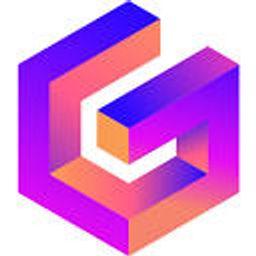
MetaGPT
Overview
MetaGPT is an innovative multi-agent framework designed for sophisticated software development processes. It orchestrates multiple large language models (LLMs), assigning each a specific role within a simulated software company structure, such as Product Manager, Architect, Project Manager, and Engineer. This structured approach allows MetaGPT to take a single-line requirement and autonomously generate comprehensive outputs, including detailed product requirement documents, architecture designs, task lists, and executable code.
The framework's core strength lies in its ability to break down complex projects into manageable tasks, leveraging the strengths of different 'agents' working collaboratively. This significantly streamlines the development workflow, reduces manual effort, and accelerates the creation of software projects from conception to implementation. By defining standard operating procedures (SOPs) for interactions between agents, MetaGPT ensures a structured and efficient flow, making it a powerful tool for rapid prototyping and development.
Key Features
- Role-Based Agent System: Assigns distinct roles (PM, Architect, Engineer) to LLM agents.
- Standardized Operating Procedures (SOPs): Defines interaction and workflow protocols between agents.
- Autonomous Project Execution: Takes a user requirement and generates a full suite of artifacts (PRD, design, tasks, code).
- Workflow Orchestration: Manages the flow of information and tasks among multiple agents.
- Supports Multiple LLMs: Compatible with various large language models (e.g., GPT series, Anthropic Claude, open-source models).
- Code Generation: Produces executable code based on design and requirements.
- Documentation Generation: Creates detailed project documentation.
- Task List Generation: Breaks down projects into actionable steps.
Supported Platforms
- Web Browser
- API Access
- Linux App
- macOS App
- Windows App
Integrations
- OpenAI API
- Anthropic API
- Various Open Source LLMs
- Docker
User Reviews
Get Involved
We value community participation and welcome your involvement with NextAIVault:










